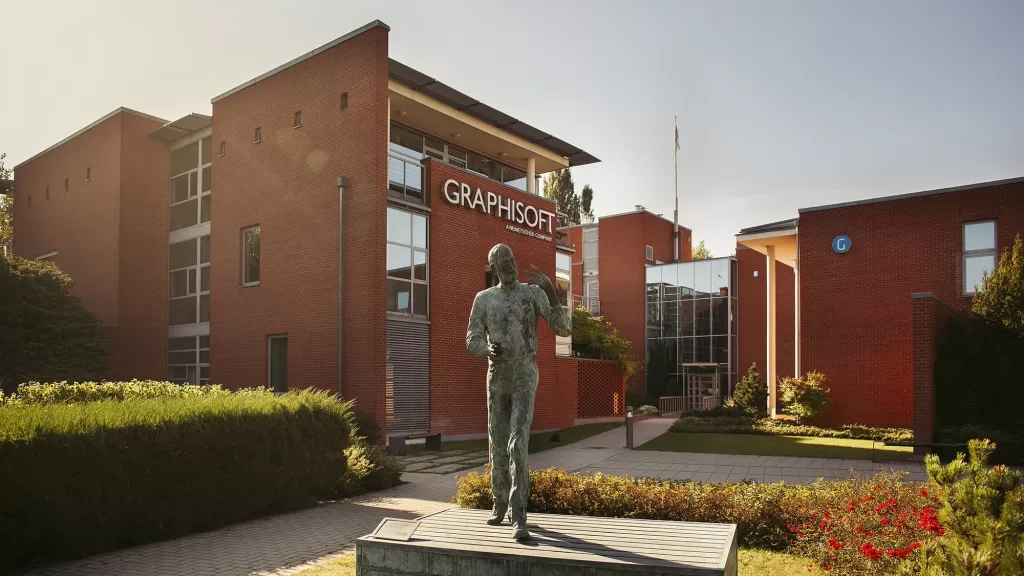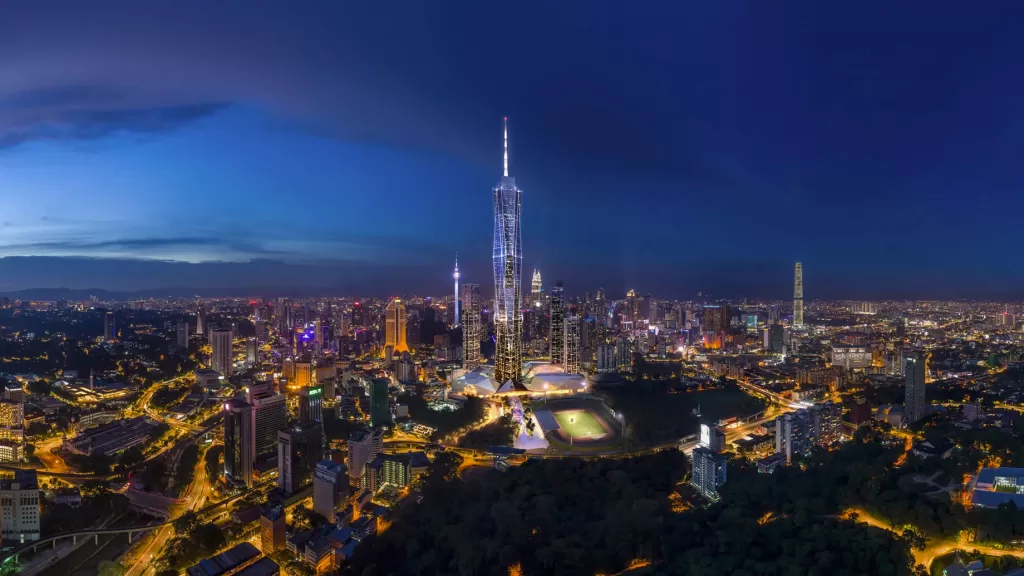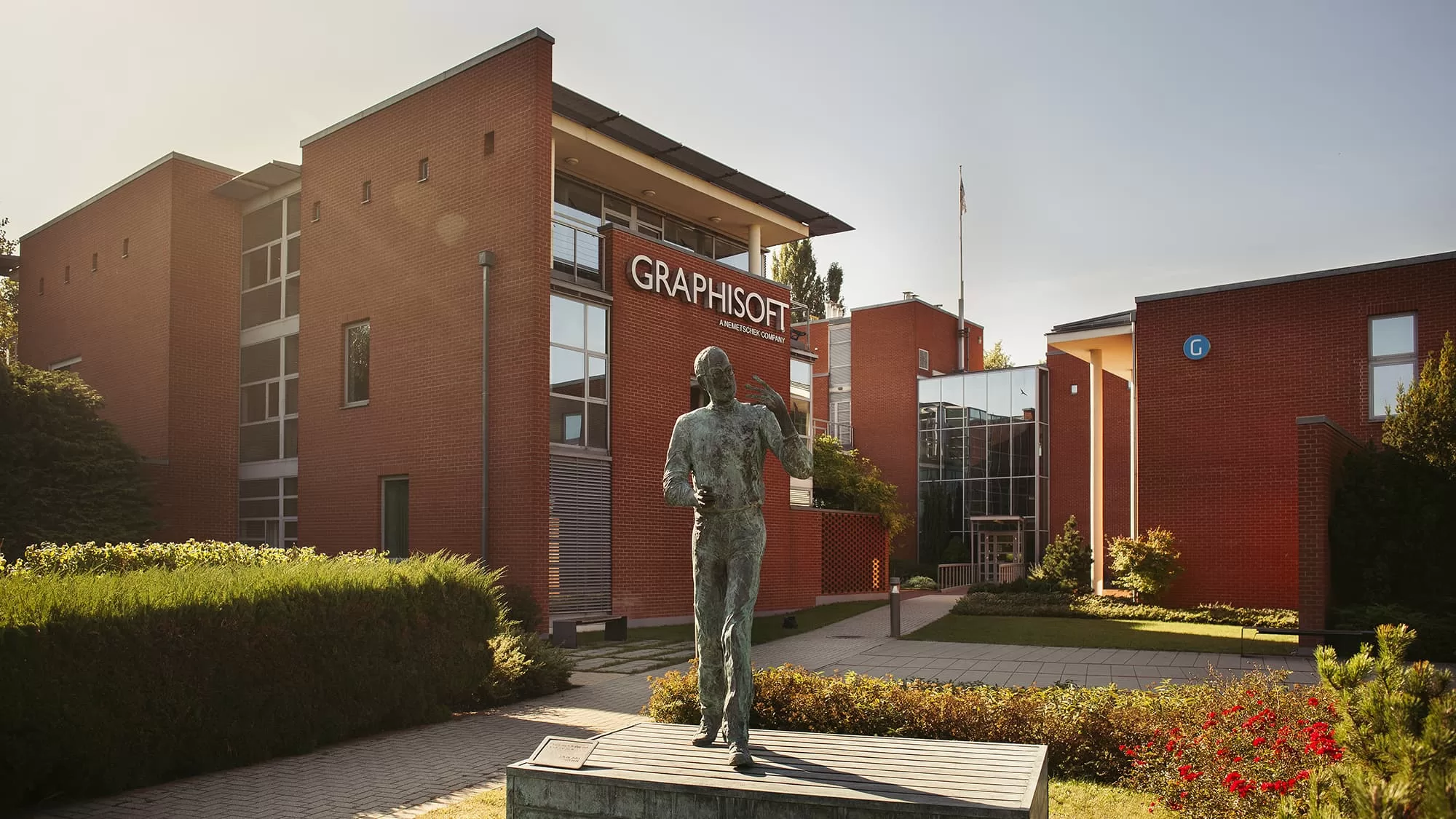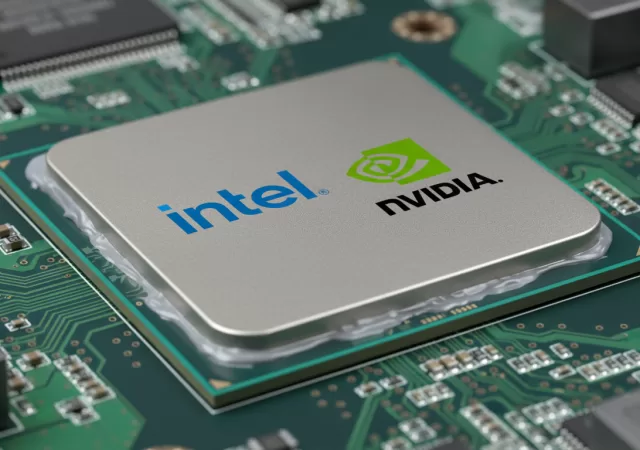Graphisoft is working on revolutionising the architecture, engineering, and construction (AEC) industry with its cutting-edge Building Information Modeling (BIM) solutions. By mindfully integrating Generative AI into its software, Graphisoft is enabling professionals to work smarter, streamline workflows, and drive sustainable design practices. From its pioneering role in BIM technology to its contributions to iconic projects like Malaysia’s Merdeka 118 skyscraper, Graphisoft is at the forefront of technological innovation in the AEC sector.

Founded in 1982 by Hungarian architects and mathematicians, Graphisoft is often credited as the ancestor of BIM technology. Over the decades, it has introduced game-changing solutions, starting with the creation of Archicad, the world’s first 3D architectural design software. Today, the company operates in more than 100 countries and supports 29 languages, empowering a global user base of over 200,000 architects and engineers. Its flagship offerings, including Archicad, BIMx, and BIMcloud, have redefined collaborative design, sustainability, and project management in the AEC industry.
Mindfully Imbuing the Design Process with Generative AI
Generative AI has become a cornerstone of Graphisoft’s recent innovations, introducing tools that redefine design ideation and execution. The AI-powered features in Archicad allow architects to visualize early-stage concepts with the AI Visualizer, powered by Stable Diffusion. This tool generates highly detailed 3D renderings from basic design models, enabling architects to refine concepts faster and present them more effectively to clients.
AI also enhances the design process by generating multiple variations from simple text prompts, allowing architects to explore different possibilities without additional costs. Graphisoft is further leveraging AI by automating compliance checks, sustainability assessments, and workflow optimization. These tools are designed to save time and reduce the complexity of regulatory requirements, enabling architects to focus more on creativity and design excellence.
The company’s research and development in AI continue to advance predictive modelling capabilities, allowing users to anticipate design challenges before they occur. As AI continues to evolve, Graphisoft is actively working on refining its machine-learning algorithms to provide increasingly accurate and efficient solutions tailored to the unique needs of the AEC industry.
Sustainability as a Core Principle
Sustainability is no longer a choice but a necessity in the construction industry, and Graphisoft’s tools are at the forefront of promoting green building practices. Lifecycle assessment integration and energy analysis in Archicad allow architects to assess the environmental impact of materials and construction processes early in the design phase. Advanced simulations help optimize energy efficiency and reduce carbon emissions, while renovation-focused tools promote adaptive reuse and minimize construction waste.
Graphisoft’s commitment to sustainability is exemplified in projects like the Paris Athletes’ Village, which leveraged Archicad and BIMcloud to prioritize eco-friendly materials and energy-efficient designs. To mitigate the carbon footprint of AI and ML processes, Graphisoft employs strategies such as optimizing AI models, using renewable energy-powered data centres, and integrating lifecycle carbon accounting into its tools. These measures reflect its dedication to balancing innovation with environmental responsibility.
Strengthening Roots in Malaysia
Malaysia has emerged as a key market for Graphisoft, driven by rapid urban development and government-mandated BIM adoption for projects exceeding RM10 million. The company’s involvement in the iconic Merdeka 118 project, the world’s second-tallest skyscraper, highlights its impact on Malaysia’s architectural landscape.

Graphisoft’s growth strategy in Malaysia focuses on industry partnerships, educational outreach, and community engagement. Collaborations with organizations like the Public Works Department (JKR) and IME Technology ensure that Graphisoft’s solutions meet local regulatory standards and project requirements. By partnering with institutions such as Universiti Malaya and Universiti Kebangsaan Malaysia, Graphisoft looks to equip future architects and engineers with essential BIM skills, fostering a BIM-ready workforce. Events like Archicad User Group meetings and workshops with the Malaysian Institute of Architects (PAM) serve as platforms for knowledge-sharing and advocacy, reinforcing Graphisoft’s presence in the local AEC community.
Beyond training and compliance, Graphisoft is actively engaging with Malaysia’s private sector and real estate developers to integrate BIM at earlier project stages, ensuring better resource allocation and more sustainable building practices. The push for smart city development in Kuala Lumpur and other urban centers aligns with Graphisoft’s expertise in digital twins and AI-enhanced simulations.
By integrating these technologies into large-scale infrastructure projects, the company is playing a pivotal role in shaping Malaysia’s digital transformation in construction and urban planning. Through sustained partnerships, continuous education initiatives, and active involvement in Malaysia’s infrastructure evolution, Graphisoft is positioned as a key enabler of a more technologically advanced and environmentally conscious construction landscape in the country.
Adapting to Industry Trends
The global AEC industry is undergoing a significant transformation, with the BIM market expected to grow by USD 13.33 billion between 2024 and 2028. Cloud collaboration has become increasingly essential, with post-pandemic reliance on cloud-based solutions making tools like BIMcloud indispensable for remote work and global project coordination. The integration of digital twins with smart city initiatives enables predictive maintenance and urban planning, aligning with Malaysia’s infrastructure goals. The adoption of OPEN BIM standards ensures interoperability, fostering seamless collaboration among diverse stakeholders and driving more efficient and transparent project workflows.
Graphisoft’s commitment to advancing AI-driven solutions is evident in its roadmap for future developments. The company plans to expand capabilities in automated compliance checks, sustainability assessments, and real-time collaboration to meet the demands of modern architecture. However, challenges persist, including ensuring data quality and integration, addressing computational resource constraints, and bridging the skills gap among AEC professionals. Graphisoft’s focus on user-friendly interfaces and targeted training initiatives aims to overcome these barriers, promoting widespread AI adoption and enabling firms of all sizes to leverage AI-driven efficiencies in their design processes.
Shaping the Future of the AEC Industry
Graphisoft is shaping the AEC industry through its integration of AI, sustainability-driven design tools, and commitment to interoperability. By strengthening its foothold in Malaysia, Graphisoft is contributing to the country’s architectural innovation, aligning with national goals for digital transformation and sustainable infrastructure development. Its partnerships with government agencies, academic institutions, and industry leaders help create a more BIM-ready workforce, ensuring that Malaysia remains competitive in the evolving global construction landscape.
As challenges in data integration, AI adoption, and regulatory compliance continue to shape the industry, Graphisoft’s focus on practical, user-driven solutions positions it as a key player in the future of architectural technology. The company’s influence will be felt not only in the development of smarter, greener buildings but also in how industry professionals collaborate, innovate, and shape the built environment of tomorrow.







awesome